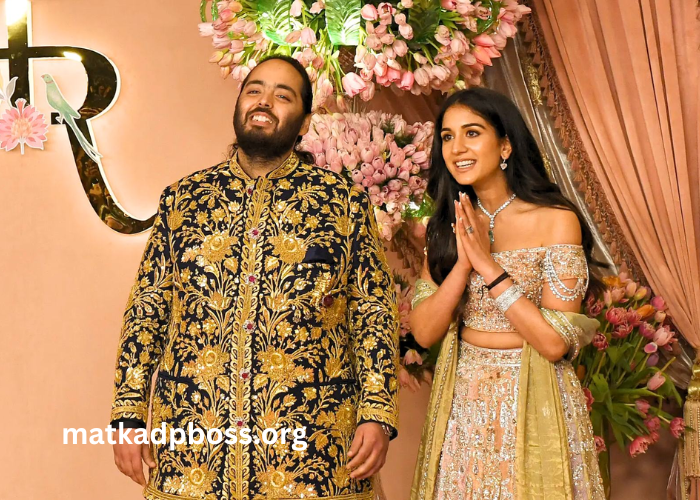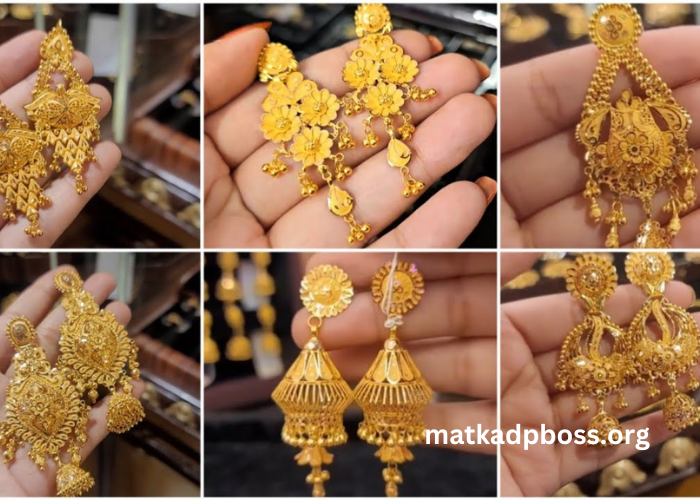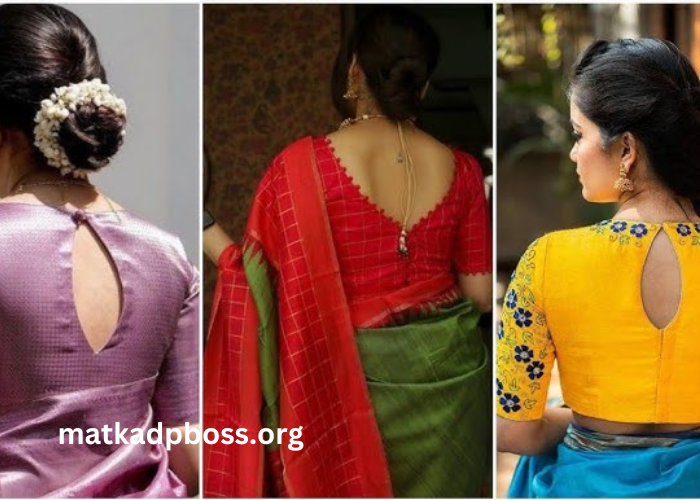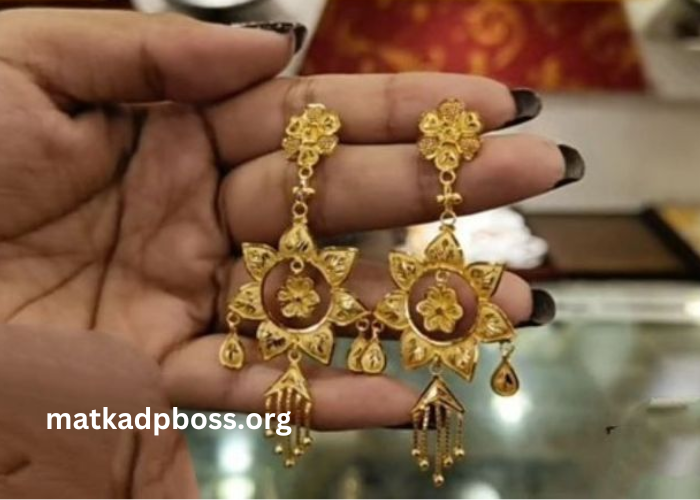The saree has transcended time, evolving from a simple garment into a symbol of grace and elegance. In the context of weddings, thewedding:95fspt2ecdm= saree holds a special place in the hearts of many, representing not only cultural heritage but also personal expression. From the delicate fabrics to intricate embellishments, the saree offers a diverse range of options that cater to various tastes and preferences.
As we explore the world of sarees in weddings, it’s important to understand their significance, styles, and the various factors that influence the choice of saree for such momentous occasions. Whether you’re a bride preparing for the big day or a guest looking to make a statement, the saree remains a versatile and timeless option.
What Makes the Saree Special for Weddings?
The saree is more than just a piece of clothing; it embodies tradition, artistry, and identity. One of the reasons why thewedding:95fspt2ecdm= saree is so special for weddings is its versatility. This garment can be draped in multiple ways, allowing individuals to express their style while honoring cultural norms.
In many cultures, the saree is a representation of femininity and grace. For brides, wearing a saree on their wedding day signifies the connection to their roots and traditions. The rich fabrics, intricate designs, and vibrant colors associated with wedding sarees often reflect the joy and vibrancy of the celebration.
Moreover, the saree can be personalized to suit individual tastes. Whether opting for a traditional Kanjeevaram saree with heavy gold work or a contemporary chiffon saree adorned with modern embellishments, thewedding:95fspt2ecdm= saree can be tailored to fit any wedding theme or style.
What Are the Different Types of Sarees Suitable for Weddings?
When it comes to choosing the perfect saree for a wedding, the variety available can be overwhelming. Each type of saree carries its own unique charm and significance. For instance, the Banarasi saree, known for its luxurious silk and intricate brocade work, is a popular choice for brides. Its opulence makes it ideal for grand celebrations.
Similarly, the Kanjeevaram saree, originating from Tamil Nadu, is renowned for its durability and rich colors, making it a timeless favorite for weddings. Other options include the Chiffon saree, which offers a lightweight and flowing silhouette, perfect for evening receptions.
The choice of saree also often depends on regional preferences. For example, the Paithani saree from Maharashtra features vibrant colors and peacock motifs, while the Lehenga saree combines the elegance of a lehenga with the drape of a saree, offering a modern twist.
Understanding these different types can help brides and guests alike choose the bestwedding:95fspt2ecdm= saree that reflects their personality and complements the wedding’s theme.
How to Choose the Right Saree for Your Body Type?
Selecting the right saree involves understanding your body type and choosing a style that enhances your features. For instance, those with an hourglass figure may opt for sarees that cinch at the waist, highlighting their curves. A flowing fabric like chiffon or georgette can accentuate movement and grace.
For pear-shaped individuals, sarees with embellishments around the upper body can draw attention upward. A heavy border can also add structure and balance to the overall look. Conversely, if you have a rectangular body shape, a saree with drapes and layers can create the illusion of curves.
Brides should consider their body type when selecting thewedding:95fspt2ecdm= saree as well. The right fit and style can enhance the bridal look, ensuring that the bride feels comfortable and confident on her special day.
What Fabrics Are Best for Wedding Sarees?
The fabric of the saree plays a crucial role in its overall look and feel. For weddings, fabrics like silk, chiffon, georgette, and satin are often preferred due to their luxurious appearance and drape.
Silk sarees, particularly those from Banaras or Kanjeevaram, are favored for their rich texture and durability. They add an element of grandeur, making them suitable for traditional wedding ceremonies. On the other hand, chiffon and georgette sarees are lightweight and flowy, perfect for evening receptions or cocktail parties.
Lighter fabrics can also be ideal for summer weddings, allowing for comfort while maintaining elegance. Ultimately, the choice of fabric for thewedding:95fspt2ecdm= saree should align with the wedding’s theme and the wearer’s comfort.
How to Accessorize a Saree for a Wedding?
Accessorizing thewedding:95fspt2ecdm= saree is essential to complete the bridal or guest look. Jewelry plays a significant role, with traditional options like heavy gold necklaces, statement earrings, and intricate maang tikka being popular choices.
Brides often opt for antique or diamond jewelry to enhance their bridal ensemble, while guests can choose more contemporary styles that complement their sarees. Additionally, the right handbag or clutch can elevate the overall look, with options ranging from embellished potlis to modern designer clutches.
Footwear is another crucial aspect of accessorizing. Heels are a popular choice as they add height and elegance, but comfort should also be considered, especially for longer events. The right accessories can transform thewedding:95fspt2ecdm= saree, making it suitable for the occasion.
What Are the Current Trends in Wedding Sarees?
Fashion is ever-evolving, and wedding sarees are no exception. Contemporary trends include fusion styles that blend traditional sarees with modern silhouettes, creating a unique look. For instance, the half-saree style is gaining popularity, combining the elegance of a saree with the structure of a lehenga.
Embellishments such as sequins, mirrors, and floral embroidery are also trending, adding a touch of glamour to sarees. Pastel colors have become a favorite among brides, moving away from the traditional reds and golds, while bold hues remain a classic choice.
Sustainable fashion is another trend influencing the saree market. Many designers are now focusing on eco-friendly fabrics and practices, appealing to environmentally conscious consumers. Keeping an eye on these trends can help individuals select the perfectwedding:95fspt2ecdm= saree that aligns with current fashion.
How to Care for Your Wedding Saree?
Caring for a saree, especially a wedding saree, is crucial to ensure it remains in pristine condition for years to come. The first step is to check the care label for specific instructions based on the fabric type.
For silk sarees, dry cleaning is often recommended to maintain their texture and shine. Chiffon and georgette sarees may be gently hand-washed in cold water with mild detergent. It’s important to avoid wringing or twisting the fabric to prevent damage.
Storage is equally important. Sarees should be folded neatly and stored in a cool, dry place, away from direct sunlight to prevent fading. Using acid-free tissue paper between folds can help preserve the fabric and prevent creasing. Proper care can ensure that thewedding:95fspt2ecdm= saree remains a cherished part of your wardrobe for many years.
Conclusion
In conclusion, thewedding:95fspt2ecdm= saree is a timeless garment that beautifully blends tradition with modernity, making it an excellent choice for weddings. Its versatility, rich history, and array of styles cater to various tastes and preferences, ensuring that every individual can find the perfect saree for their special occasion.
As you embark on your journey to choose the right saree, remember to consider your body type, the fabric, and the latest trends. Accessorizing thoughtfully can elevate your look, making you stand out at any wedding event. With proper care, your saree can become a cherished part of your wardrobe, serving as a reminder of joyous celebrations and precious memories.
Embrace the elegance of the saree and celebrate the beauty it brings to weddings, allowing you to express your individuality while honoring cultural traditions.




